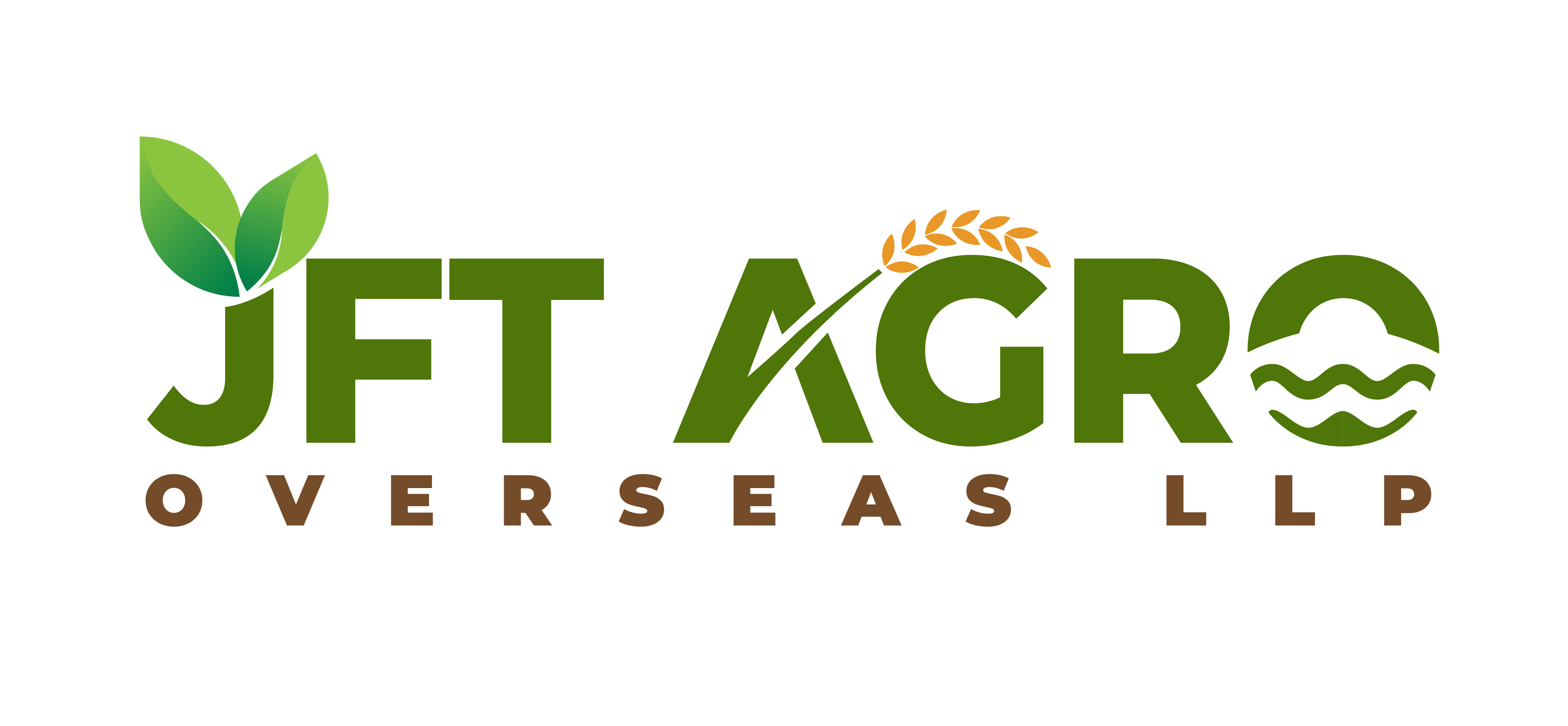Rice, wheat, and maize are the three global staple foods. They, together, account for more than 42% of calorific intake. Globally, India is the second-largest producer of rice. Rich in nutrients, vitamins, carbohydrates, and minerals it is a major staple food in India.
What Are The By-products of Rice?
A by-product is a secondary product, usually a derivative of a manufacturing process. The process of producing edible rice by removing the husk and bran layers is rice milling. This process produces by-products of rice which are rice straw, rice husk, and rice bran.
Rice straw is a rice by-product produced on harvesting paddy. The rice straw is the leftover of the plant after harvesting the grains and threshing either manually or using threshers. 1 Kg of milled rice results in 0.7-1.4 kg of rice straw depending on various factors.
Traditionally, rice straw and husk are considered as agricultural wastes. They are either burned as agro wastes (stubble burning) or dumped into rivers. This causes greenhouse gas emissions and pollution. With recent technology development, these bio-wastes or rice residues are now processed.
As a solution to the environmentally destructive practice of stubble burning, rice straw is now converted to a pulp by means of sustainable processing technology. The pulp is an intermediary product in manufacturing industries such as those of paper and its derivatives, biofuels, fabrics, and some chemicals. The paper derivatives (paper plates, cups, etc.) thus obtained, are not only biodegradable but environmentally friendly compared to their plastic counterparts.
One tone of stubble gives approximately 500 Kg of pulp, per estimation. This in itself lays the basis of the formation of another layer of eco-friendly value-added products, from a rice by-product.
Apart from the above, rice straw finds uses in mushroom production, packing material, ropes, vermicomposting, and biogas production. Rice straw is also used as fodder for animals.
Rice husk or hull is a by-product of the first stage of rice milling, formed by husking of rough/paddy rice. 1 Kg of milled rice produces roughly 0.28 kg of rice husk.
Like rice straw, rice husk is also an agro-waste that is mostly burned or dumped. Again, with progressive technology and ways to convert waste to wealth, there are now ways and means to utilize this by-product of rice beneficially.
Rice husk in its loose form is mostly used as a biofuel. Rice husk pellets and briquettes are another use of this rice by-product, mainly for industrial purposes. After combustion, rice husk ash is the residue. It is often used in soil and as an additive in cement and steel. The thermal decomposition of rice husk gives carbonized rice husk. This is used as activated charcoal, fertilizer, etc.
Rice bran is a by-product of the second stage of rice milling, during the whitening and polishing process. The layer removed from the rice kernel is the bran. 100 Kg of paddy rice gives roughly 5-10 Kg of bran.
Rice bran is perhaps the most important by-product of the rice milling process. Oil extracted from rice bran has high nutrition value and is touted as the wonder oil in the new age. Rice bran is also used as a binder in animal feeds. Rice bran oil is also used in the cosmetic industry in recent years.
Other uses of rice bran are for the manufacture of industrial-grade crude oil, plasticizers, tocopherol, and rice bran wax.
Some other rice products:
Broken Rice: Once polished, the rice is graded according to size. The grains that do not meet standard size fall under the broken rice category. The economic value as such is obviously lower for the broken rice and hence it is effectively used as a byproduct. Since it is just broken and not defective as such, its nutritional value is as good as the edible rice.
Broken rice is finds its use in the fodder industry as well as aquaculture. It is also used to make starch for laundry. It finds uses in the food, cosmetic, and textile industry as well. Brewer’s rice, another form of broken rice is often used for beer brewing.
An important use of broken rice is rice flour, which is gluten-free. Rice flour finds its use extensively in cooking. Some common foods made with rice flour are rice noodles, edible rice paper, rice flour cakes, and dumplings, etc.
In liquid form, there is the rice bran oil, rice-based alcoholic beverages, rice vinegar, rice milk (for the lactose intolerant), and rice syrup (alternative sweetener). Some convenience rice-based foods include puffed rice, rice crackers, canned rice products.
What Are Nutraceuticals?
Nutraceuticals or bioceuticals is a broad-based umbrella-term. It is a pharmaceutical alternative having physiological benefits. They are products derived from food sources and are believed to have extra health benefits along with the basic nutritional value. Rice by-products are one such category with a high potential of in nutraceuticals. Rice bran, in particular, contains several beneficial compounds like y-oryzanol, tocopherols, tocotrienols, phenolic compounds, and phytosterols. These compounds by nature are anti-inflammatory, antioxidants, and have the ability to reduce cholesterol. Such and more beneficial traits render it an extremely important product in the niche markets of pharmaceuticals and nutraceuticals.
In a nutshell, the main by-products of rice are rice straw, rice husk, rice bran, and broken rice. These are important raw materials that have abundant uses, including use in functional food and also in many nutraceuticals.
Drop us a call to learn how nutritiously you can consume your staple food! At Mother’s Rice, we make sure that the best of its natural kind, chemical-free and adulterant-free staples reach your dining tables!


